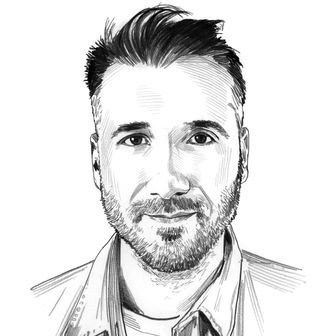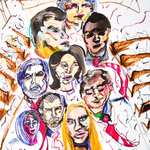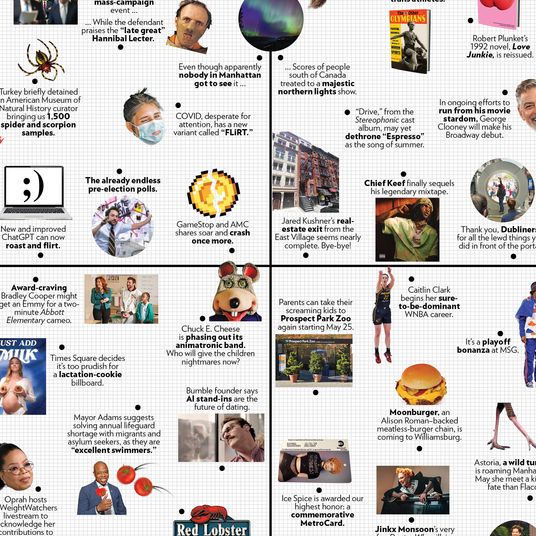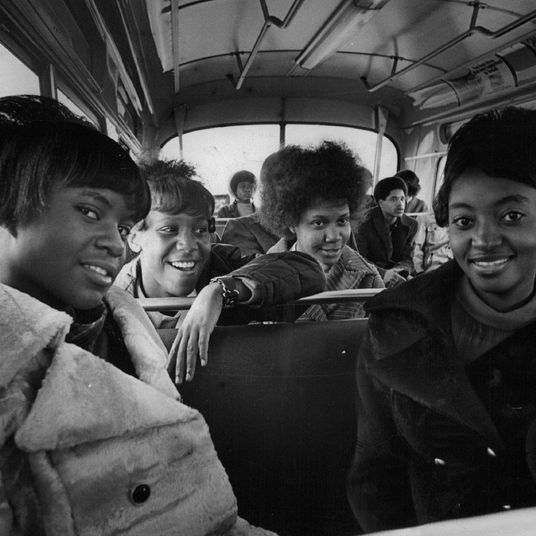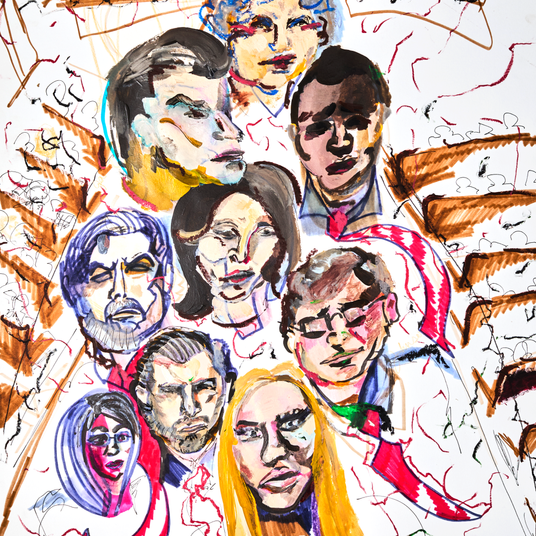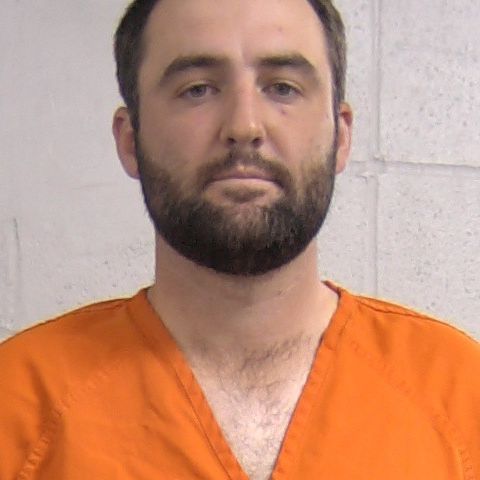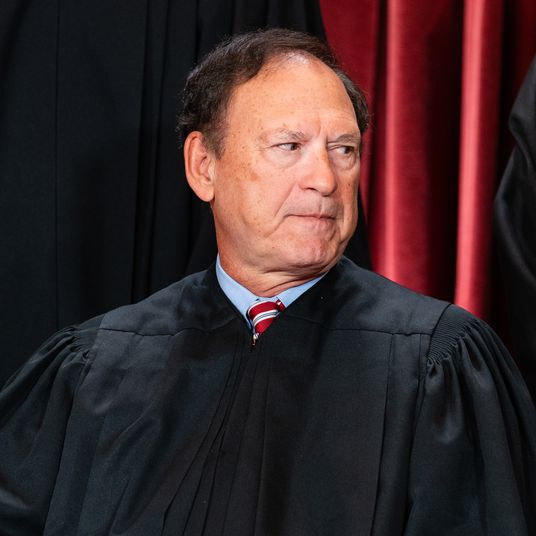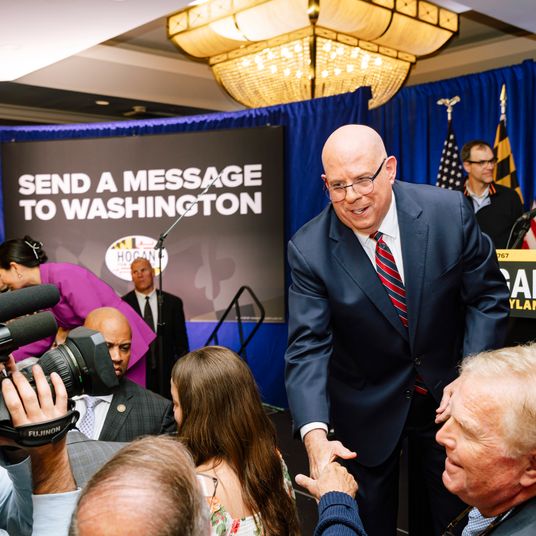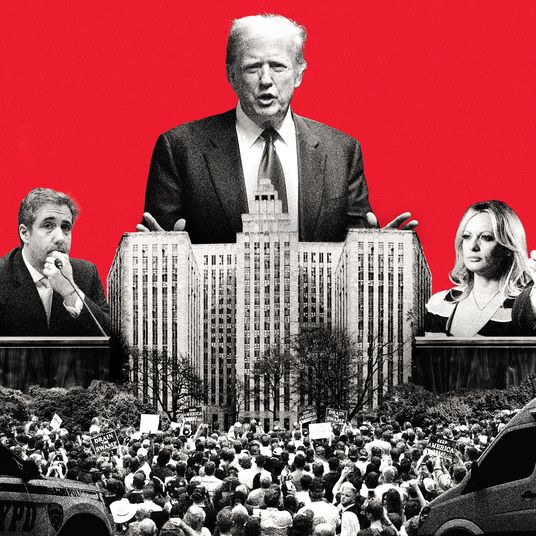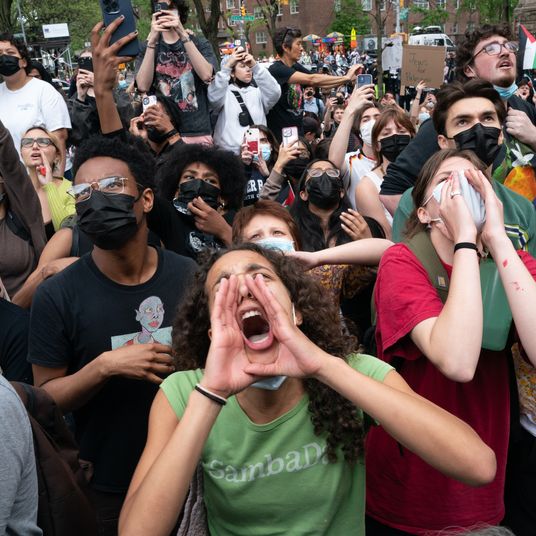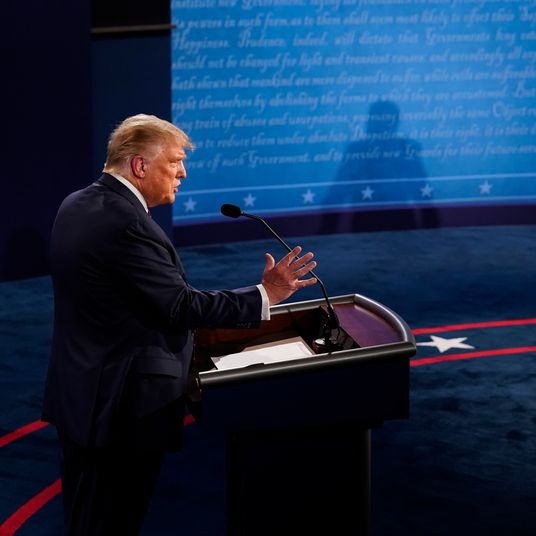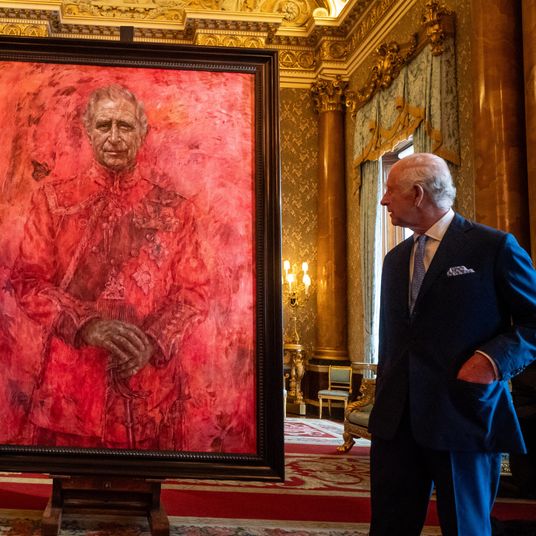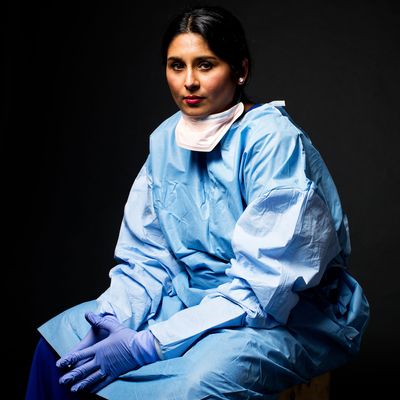
On December 27, Syra Madad published an op-ed in the Washington Post co-written with Ronald A. Klain. The piece warned lawmakers that vital funding needed to prepare hospitals for infectious-disease outbreaks would expire in May. “We do not know when the next dangerous pathogen will arrive in our country,” it read, “but we do know that it will happen — sooner or later.” Four days after the article was published, on December 31, the government in Wuhan, China, reported to the World Health Organization that it was treating dozens of patients for pneumonia of unknown cause.
That was the beginning of a busy January for Madad. As the senior director for the systemwide special-pathogens program for NYC Health and Hospitals, it was her job to prepare the city’s 11 hospitals for an outbreak. Madad also happened to be the star of Pandemic, a six part docuseries that premiered on Netflix on January 22 — a week after she gave birth to her third child.
New York has yet to have a single confirmed case of the novel coronavirus, but the city remains on high alert. With nearly 65,000 confirmed cases worldwide and nearly 1,400 deaths, it is only a matter of time before the virus lands in the city. Madad made time to explain to Intelligencer what will happen when it does.
For weeks now, experts have been saying it’s inevitable that coronavirus will come to New York. So, where is it?
As of today, all of the suspected cases have all been ruled out, which is great. As Mayor de Blasio said a couple of weeks ago, it’s not a matter of if, it’s a matter of when. We know this outbreak is very early — it’s only six weeks in. Right now, the U.S. policy has bought us time. That’s basically what it has done. As the weeks progress, this outbreak is unfortunately going to get worse before it gets better. I think we’re lucky that we’ve been bought this window of opportunity so that we can continue our preparedness measures and our risk communication — letting the public know what to do.
When you say the U.S.’s policies have bought time, are you talking about the travel ban?
The travel ban, the restrictions, exactly.
There’s been a lot of criticism of the travel ban. You’re saying it bought more time to prepare. Does that mean it’s a good thing?
Historically, we’ve seen that bans don’t work, based on past outbreaks. It usually causes a lot more trouble than good. At the same time, from a basic infection-control standpoint, any way you can limit what we call social distancing is good because it buys us time. In the long run, whether it proves to be effective or not, it’s one of those things that time will tell.
Your job is to make sure that we are ready and prepared.
That’s right.
So why do you need more time?
We want more time to continue our trainings, so we can continue to prepare our front lines for the inevitable surge of cases that we may potentially see. We may not get a whole lot of cases or we may get a number of cases, but either way it’s best for us to prepare for the worst-case scenario. If we have a surge of cases present, we’re looking at it from a 4S standpoint or the emergency-management approach: staffing, stuff, space, and system. Based on those four high-level domains, we’re looking at how we can bulk up staffing. Because the No. 1 asset in the health-care system is our people, and without our people we can’t take care of patients. Do we get volunteers involved? Do we look at our memorandum of agreements with other agencies to bulk up our staffing? Things like that.
Dr. Craig Spencer was the first patient in New York diagnosed with Ebola in 2014. After that experience, he wrote, “When we look back on this epidemic, I hope we’ll recognize that fear caused our initial hesitance to respond — and caused us to respond poorly when we finally did.” In terms of New York, what has changed since then?
Our overall preparedness in maintaining our readiness — that’s a key phrase we use — has exponentially increased since 2014 because we’re constantly collaborating, coordinating, and communicating at all levels — local, state, national, and even international. We’ve been given funding on a national scale to prepare for Ebola and special pathogens. It wasn’t just specifically for viral hemorrhagic fevers like Ebola; it gave us funding to prepare for coronavirus disease, for MERS, for SARS, the full gamut. From that funding we were able to do more drills, exercises, collaborative public health. The unfortunate part is that funding was only for five years, and it actually expires in a matter of months — in 2020. So this entire infrastructure that we’ve built across the nation is going to get dismantled in a couple of months, which is mind-boggling knowing we’re in a potential pandemic situation and we’re letting our guard down.
The other thing we’ve also done is, we want to make sure we’re giving patients the opportunity to tell us what they have. Before, it was you come in, come to the front desk, and they ask, “What are you here for.” By that time it’s basically too late. Because you’ve come in through the door, there are probably 50 people waiting in the waiting area, if you’re coming in with something respiratory and you’re coughing and sneezing, you’ve probably infected a number of folks around there. One of the strategies we’ve implemented is something very basic: respiratory stations, which basically have simple masks, hand sanitizer, a tissue, and a sign that says, “Do you have a fever? Do you have a cough? Do you have a rash? Yes? Please take a mask. If a mask is not there use a tissue and sanitize your hands.” And it tells you, “If you have travel history let us know immediately.” So now we’re letting patients self-identify. It helps expedite that triage process. Before this outbreak and the Ebola outbreak in 2014, we only had those stands during seasonal flu time, and once seasonal flu was done we would take out that stand. Now we know these infectious diseases are all around us, so it’s all season long.
Where were you when you found out about the novel coronavirus?
I was following it from the get-go. As soon as I saw that ProMed post, I saw it was an unknown etiology of pneumonia very early on. This was before the World Health Organization was even notified of a cluster. I actually sent this email to my public-health colleagues and my co-workers, and I said, “This looks pretty worrisome. We should begin following this because this seems like something that may go out of control.” From there on we started monitoring the situation. When I delivered my baby on the 13th I was still following the outbreak, and at that point we realized as a system that we needed to begin our response strategy because this is something that we should prepare for. Four days after the delivery, I clocked back in, and I’ve been leading our response with our system chief medical officer ever since. I’m helping build the response strategy we have for the city hospital system. So it’s been a little bit crazy, but it’s just one of those things where you can’t predict it. I keep telling my friends, “It’s Murphy’s law! Anything that can go wrong will go wrong.”
Were you on your phone right up until —
I was! I have emails from colleagues saying, “You’re in labor — can you stop?” And I had a very long labor, so it just gave me something to do. It was 17 hours. So I have these text messages from my friends saying, “You need to stop working.” And I said, “Listen, they’re not giving me my epidural. They say it’s going to slow the progression, so this is just keeping me busy right now.” I was pushing emails and doing my thing up until I delivered.
But that’s why my program exists at New York City Health and Hospital, to continue monitoring these world and domestic events. In the United States, there are a number of infectious-diseases outbreaks, like measles, so we’re constantly monitoring and preparing for these types of instances.
There’s been a lot of talk in this current epidemic about misinformation. The spread of misinformation is faster than ever.
A contagion of misinformation.
Do you see misinformation seeping into the decisions that you guys are making at the executive level?
We have experts on the tiger team, as we call it, and we are heavily relying on public health. We’re not even looking at the articles that are being published. We’re only looking at credible sources, and that’s how we make our decisions, and that’s how we strategize. So we’re looking at what’s coming out of the CDC and what is coming out of the local public-health department. We’re also keeping a pulse on what’s coming out of credible journals. That’s what we base our decision on. There is a lot of rhetoric; there is a lot of rumor. Our experts on the tiger team can help us differentiate rumor versus science. A lot of times things will look like they’re true, they seem pretty compelling, but at the same time we have experts who basically help us say, “No. It’s very early on in the outbreak, for example, and the case fatality rate, while they’re saying it’s 2 percent, it may be higher or lower. We can’t tell. We don’t know if this is a mild virus or a severe virus. We don’t even know the mode of transmission.”
I read that you use “secret shoppers” to test your systems?
Yes.
Can you tell me a bit about them? Have your “secret shoppers” been showing signs of coronavirus lately?
We’ve done that for a number of infectious diseases. We did it for Ebola because there’s still an Ebola outbreak happening in the Democratic Republic of Congo. We want to make sure that, while there’s still an outbreak, we’re still keeping our guard up. The way these things work is, I sit down and I make a scenario, and I look at what’s happening around the world and I tie it into an actual outbreak. With the coronavirus, we basically have actors who are going to go into our health system and pretend to be patients. The scenario that we have is that they’ve just traveled from mainland China and have signs of symptoms, or we have some sort of epidemiological linkage to tie them to China, so maybe they haven’t traveled but they’ve come into contact with someone who has traveled. We develop a bunch of data points in terms of identify, isolate, and inform. I collect over 30 data points, and this includes, as soon as you walk in I want you to tell me, is there a respiratory station? How many are there? Is it stocked? Are there masks available? We’re also collecting information on how long it takes to identify a patient. As soon as you walk into one of our facilities, does it take five minutes to identify you? Or ten minutes?
What are you most concerned about right now sitting here? What’s going to keep you up tonight?
Based on everything that we’ve been seeing, reading, looking at what’s happening in China, it doesn’t seem like this virus is containable. It’s not the fault of the government itself or China itself, it’s the nature of the virus. You just can’t stop a respiratory virus, especially a respiratory one in nature where it’s the sheer form of breathing and having droplets develop — you just can’t control it. It’s one of those things we know we can’t contain, so we need to continue to prepare very aggressively for it. And that’s exactly what we’re doing. What’s keeping me up at night is knowing that these cases are going to continue to occur, and that’s what the CDC has stated, that we’re going to see an increased number of cases. We need to make sure that we’re able to identify every single one. It just takes one person coming into one of our facilities to start an outbreak.


